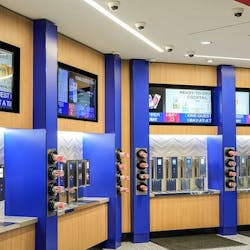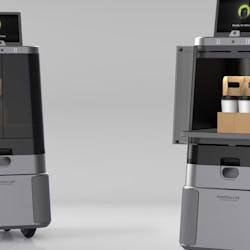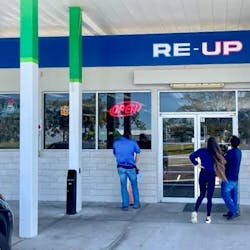There is more long-term investment taking place today than ever, particularly in technology. It’s a good sign. For those who have ventured into the process of making these long-term investments, the process is stressful. It would be less so if the movement involved more operators.
There are so many areas to address: cashless, remote monitoring, bill recycling, pre-kitting, self checkout markets, etc. What makes sense for one operator will not always make sense for another, based on varying levels of customer rapport, financial resources and staff competence.
As a trade source, Automatic Merchandiser/VendingMarketWatch reports on people’s experiences using the new tools. The intention is to convey users’ experiences as objectively as possible. We try to give a complete accounting of how the operator assessed the investment, the implementation process, and the results.
Readers sometimes question the claims that operators make about the success of these tools. They sometimes also take issue with us for reporting these claims without more extensive verification.
But try as we may, there is no way to make the process of researching, investing and implementing new tools completely painless. The process is grueling.
No two operators’ situations are 100 percent identical. When operator A shares his or her experience with operator B, operator B must consider how his or her own situation compares to that of operator A.
Automatic Merchandiser has recognized that the task of investing in new tools is challenging. Hence, we have suggested having a plan governed by the company’s goals, particularly with regard to customer relations. (To read the article in the October 2011 issue, click here).
As the process moves along, there is one more point that I must raise.
The vending industry’s main obstacle in utilizing the many new tools coming into the market is not the providers of these tools, the operators sharing their experiences, or the trade media that reports them. The industry’s main obstacle is widespread operator reluctance to recognize the world is changing. Vending service overall has not responded to new market realities as quickly as most of its retail competitors. Most operators’ business practices have not changed in 30 years.
The industry’s main obstacle to change is that most vending operators refuse to believe in the full value of the service they can provide their customers. Hence, they deliver substandard service at prices (and sometimes commissions) that undermine their profitability.
Most operators are not yet committed to improving the quality of the service. Instead, they minimize their costs to boost their bottom lines.
This has resulted in a commoditization of vending borne of lowballing. It is a commoditization with deep roots that has only begun to change.
More operators are embracing technology, which is good. But the silent majority have yet to join these pioneers. They are the industry’s main obstacle to growth.




